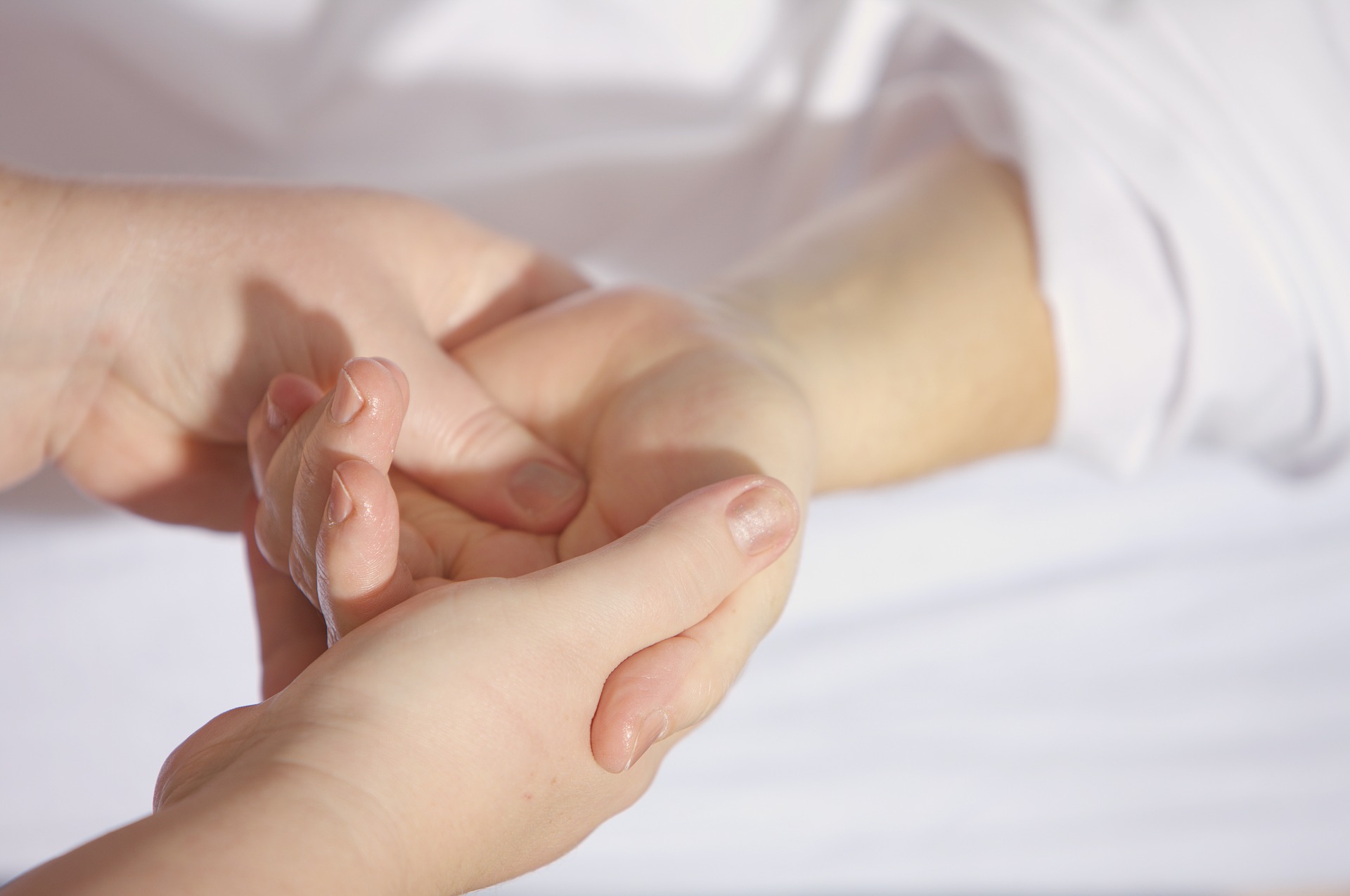Stop The Problem Before It Starts: Lymphedema Prevention
By Abby Henry, Oncology Content Manager, PearlPoint Cancer Support
 Lymphedema is a common side effect among cancer survivors, but it can affect any patient whose treatment plan included lymph nodes being removed by surgery or lymph nodes being damaged by radiation treatment.
Lymphedema is a common side effect among cancer survivors, but it can affect any patient whose treatment plan included lymph nodes being removed by surgery or lymph nodes being damaged by radiation treatment.
Lymphedema is a swelling in the arms, legs, or other parts of the body caused by a build-up of extra lymphatic fluid. Lymphatic fluid cannot flow through the body normally if lymph nodes are removed or damaged. The swelling can be very painful, and it can cause skin and mobility problems. Lymphedema also puts patients at higher risk for infection in the affected areas.
Talk to your healthcare team to find out if you are at risk for lymphedema. One of the best ways to manage lymphedema is to avoid things that may trigger it or make it worse. Prevention is key.
If you are at risk for lymphedema, avoid the following:
- If you had lymph nodes removed from under your arm, do not have your blood pressure taken from that arm.
- Do not have blood drawn or receive shots or IVs in an area where lymph nodes have been removed.
- Use SPF 30 or higher sunscreen to avoid sunburns.
- Use insect repellent when outside to avoid bites that could lead to infection.
- Avoid trauma or injury to the affected area.
- Avoid heavy lifting with the affected arm.
- No new tattoos in the affected area.
- Do not wear tight clothing, bands, shoes, or jewelry on the affected area.
- Wear a compression sleeve or stocking, if ordered by your doctor.
- Compression sleeves for lymphedema need to fit correctly. An ill-fitting compression sleeve may make lymphedema worse.
- Use unscented lotion daily to keep the skin moisturized.
- Maintain a healthy body weight by eating a well-balanced diet.
- Do light exercise or stretching.
- Ask your healthcare team which exercises are right for you. Some exercises may make lymphedema worse.
If you do experience the signs of lymphedema—swelling, pain, numbness, decreased mobility, or skin changes—tell your healthcare team right away. Your doctor may suggest that you see a physical therapist to help treat the lymphedema with massages, compression, and special exercises. To learn more about lymphedema visit My PearlPoint or the National Lymphedema Network.